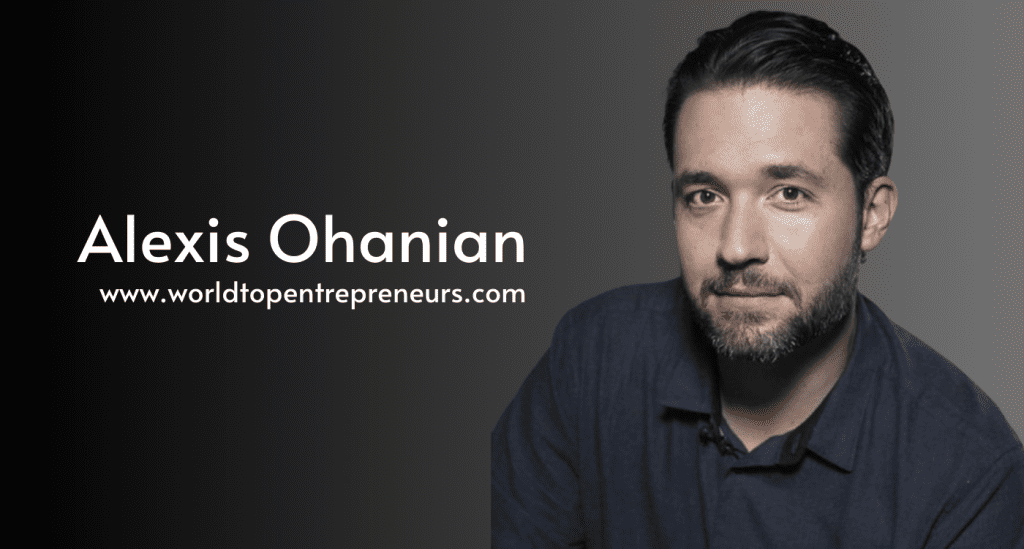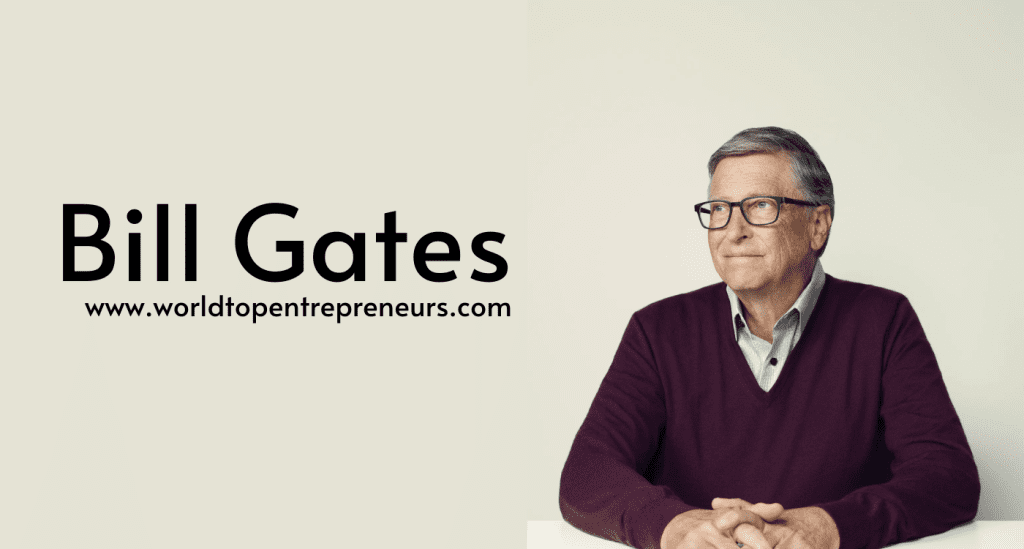In the bustling world of e-commerce and customer service, Tony Hsieh stands out as a transformative figure whose influence continues to ripple through the industry. As the CEO of Zappos, Hsieh redefined not just how online retail operates but how businesses approach customer satisfaction, company culture, and leadership. His journey is not just a tale of entrepreneurial success; it’s a story of vision, innovation, and the relentless pursuit of happiness—not only for customers but for employees as well.
Early Life and Background
Born on December 12, 1973, in Urbana, Illinois, Anthony Hsieh’s early life was shaped by a blend of traditional values and entrepreneurial spirit. The son of Taiwanese immigrants, Hsieh grew up in a household where hard work and determination were paramount. His parents, both professionals, instilled in him a sense of discipline and a love for learning. As a child, Hsieh was an avid reader and a curious thinker, traits that would later serve him well in his entrepreneurial ventures.
After graduating from Harvard University with a degree in Computer Science, Hsieh ventured into the business world with a keen interest in technology and innovation. His first foray into the startup world came with the creation of LinkExchange, a company that facilitated banner ad exchanges for websites. The success of LinkExchange, which was acquired by Microsoft for $265 million in 1998, marked the beginning of Hsieh’s influential career in the tech industry.
The Birth of Zappos
With the success of LinkExchange under his belt, Hsieh could have easily taken a more conventional path. Instead, he chose to dive into the world of e-commerce, a decision that would eventually lead him to found Zappos in 1999. Initially conceived as a modest online shoe retailer, Zappos quickly evolved under Hsieh’s leadership into a major player in the online retail space.
From the outset, Hsieh had a clear vision for Zappos: it was not just about selling shoes but about creating an exceptional customer experience. This vision was driven by a fundamental belief that customer service could be the key differentiator in a crowded market. Zappos’s approach was rooted in the idea that happy, satisfied customers would not only return but also become enthusiastic advocates for the brand.
The Zappos Philosophy
What set Zappos apart was its unwavering commitment to customer service. Hsieh and his team adopted a philosophy that prioritized customer satisfaction above all else. This commitment was evident in every aspect of the company’s operations, from its 365-day return policy to its free shipping and returns. Zappos’s customer service representatives were empowered to go above and beyond to resolve issues, often making personal connections with customers that extended well beyond the transactional.
One of the most well-known aspects of Zappos’s customer service philosophy was its emphasis on creating a memorable experience. The company encouraged its employees to build genuine relationships with customers, and it was not uncommon for customer service representatives to spend hours on the phone helping a customer find the perfect pair of shoes—or even just to chat. This approach not only fostered loyalty but also created a unique brand identity that resonated with consumers.
Building a Unique Company Culture
Tony Hsieh’s vision for Zappos extended beyond customer service; it encompassed the entire company culture. Hsieh believed that a positive work environment was crucial for both employee satisfaction and business success. He viewed the company’s culture as a cornerstone of its operations, and he implemented practices that were designed to make Zappos a great place to work.
One of the most notable aspects of Zappos’s culture was its emphasis on happiness. Hsieh’s book, Delivering Happiness: A Path to Profits, Passion, and Purpose, delves into this concept, outlining his belief that happiness is a key driver of success. According to Hsieh, when employees are happy, they are more engaged and productive, which ultimately benefits the company. This philosophy led to the development of various initiatives aimed at enhancing employee well-being, from unique office spaces to team-building activities.
Zappos’s office was designed to be a vibrant and engaging environment. The company’s headquarters featured colorful decor, open spaces, and various amenities to make work enjoyable. Additionally, Zappos implemented a peer recognition program that allowed employees to give shout-outs and rewards to their colleagues, fostering a sense of community and appreciation.
The Holacracy Experiment
One of the more unconventional aspects of Zappos’s culture was its adoption of holacracy, a self-management system that eschews traditional hierarchies in favor of a more flexible, decentralized approach. Introduced in 2014, holacracy aimed to empower employees by giving them more autonomy and responsibility in decision-making processes.
Under holacracy, Zappos employees were organized into roles and circles rather than traditional departments. This system was designed to promote transparency, agility, and collaboration. While the experiment was met with mixed reactions and presented its own set of challenges, it was a testament to Hsieh’s willingness to experiment and innovate in the pursuit of creating a better workplace.
Leadership and Legacy
Tony Hsieh’s leadership style was characterized by his unconventional approach and his focus on creating value beyond profits. He was known for his emphasis on long-term thinking and his willingness to take risks in order to achieve his vision. Hsieh’s leadership was not about exerting control but about fostering an environment where creativity and collaboration could flourish.
Hsieh’s legacy extends beyond Zappos and the e-commerce industry. His philosophy of happiness and customer-centricity has influenced countless businesses and leaders. His impact is evident in the way companies now approach customer service, employee satisfaction, and organizational culture. Hsieh’s emphasis on creating meaningful experiences and fostering a positive work environment has become a benchmark for modern business practices.
Challenges and Criticisms
Despite his many successes, Tony Hsieh’s journey was not without challenges and criticisms. The implementation of holacracy at Zappos, for example, faced significant hurdles and led to some controversy within the company. Additionally, while Zappos’s focus on customer service was widely praised, it also put immense pressure on employees and created high expectations for performance.
Hsieh’s leadership was sometimes viewed as unorthodox, and his emphasis on culture and happiness was not always well understood or appreciated by all stakeholders. Nevertheless, Hsieh remained steadfast in his belief that a positive and engaging workplace was key to achieving long-term success.
The Final Chapter
Tony Hsieh’s life and career were cut short when he passed away on November 27, 2020, at the age of 46. His sudden death was a profound loss to the business world and to those who knew him personally. Hsieh’s impact, however, continues to resonate through his contributions to Zappos, his writings, and his enduring influence on business practices.
In the aftermath of his passing, many tributes were paid to Hsieh, highlighting his innovative spirit, his generosity, and his commitment to making a difference. His legacy lives on through the company he built, the people he inspired, and the principles he championed.
Conclusion
Tony Hsieh’s journey is a testament to the power of vision, innovation, and a genuine commitment to creating value for others. As the CEO of Zappos, Hsieh not only transformed the way we think about customer service and company culture but also left a lasting imprint on the business world. His legacy serves as a reminder that success is not just about financial achievements but about making a meaningful impact on the lives of others.
Hsieh’s story is one of a daring entrepreneur who dared to dream big, challenge conventions, and prioritize happiness and human connection in the corporate world. His contributions continue to inspire and influence, ensuring that his impact will be felt for years to come.





















